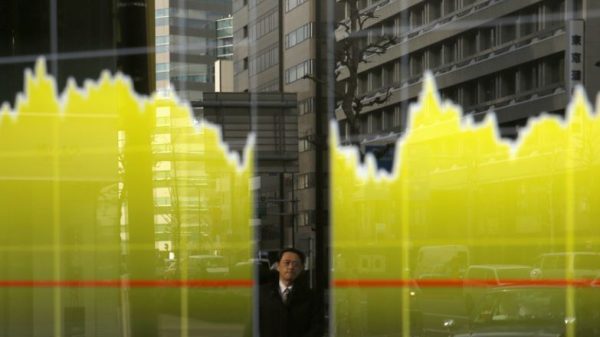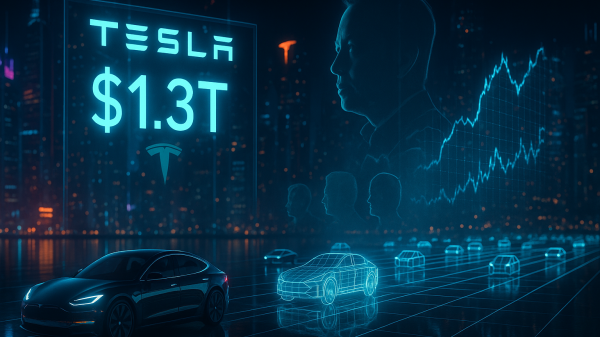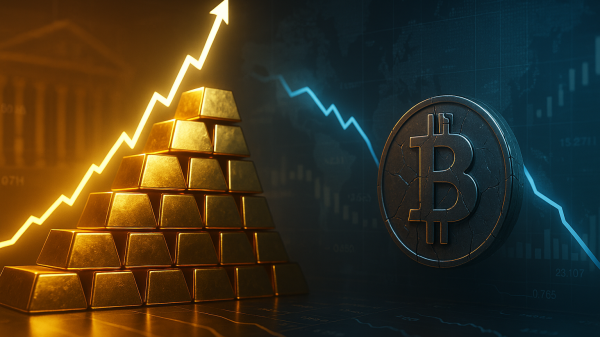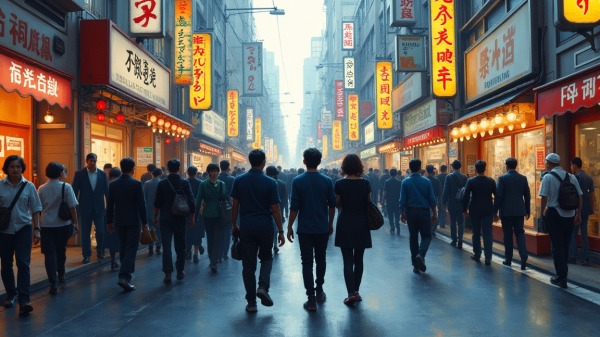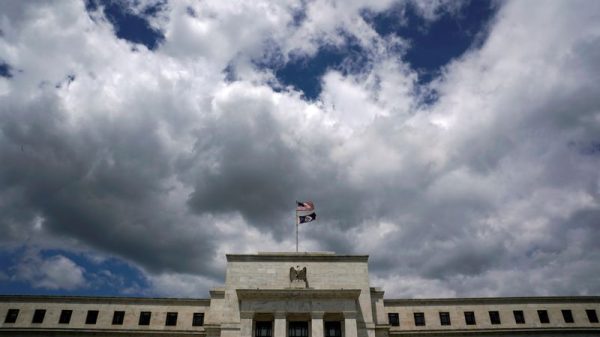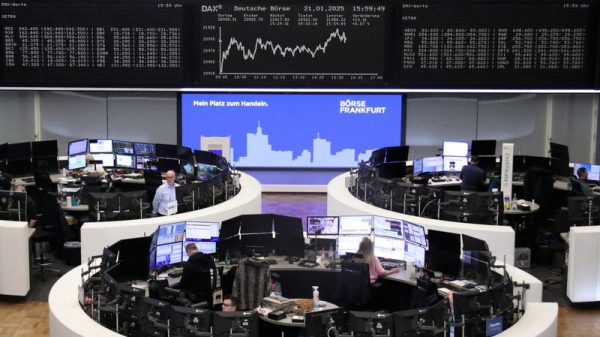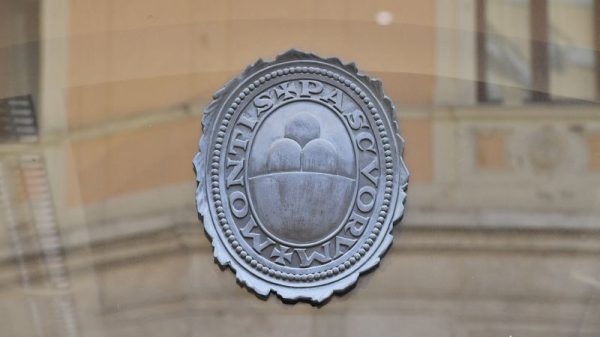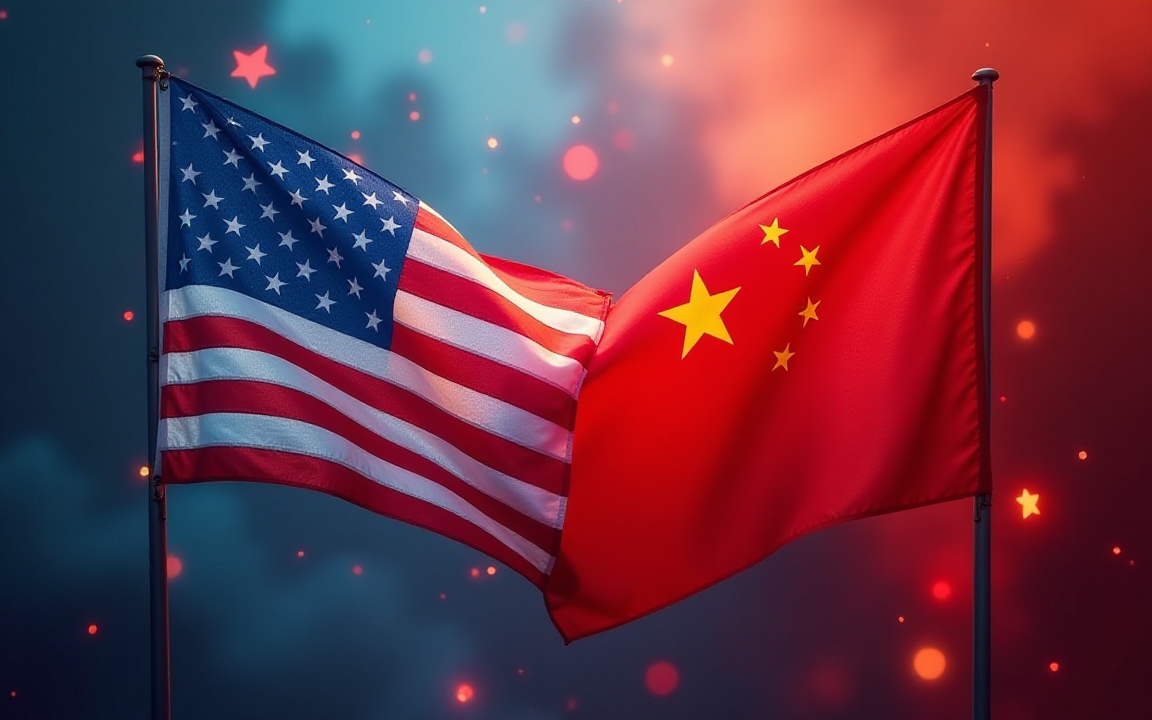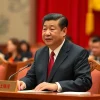China looked unstoppable a decade ago. Its economy roared. Cities grew. Factories churned.
A familiar story was told that China would overtake the US and a new world order would begin.
But this hasn’t been the case.
China’s growth has slowed instead. Cracks in the country’s economy and society are becoming more evident.
Meanwhile, Xi Jinping has tightened his grip on China’s political system, and aging into what some call a “lion in winter” phase.
What is holding China back? Is the country facing structural problems or could perhaps be its leadership that’s been holding it back?
Size doesn’t equal strength
The numbers tell the story. China’s GDP stands at $19.2 trillion this year compared with $30.5 trillion for the US, according to the IMF. In purchasing power terms, China is ahead, but its people are not richer. GDP per person is almost six and a half times lower than in America.
However, China’s investment rate is above 40% of GDP. In many smaller cities it is closer to 58%, according to research by the Financial Times. In rich countries that number is usually around 20%.
This has created massive overcapacity. Factories for electric vehicles, batteries and steel are running below full capacity. Prices keep falling, especially in manufacturing, which is pushing China toward deflation.
Analysts at Rhodium Group estimate that China’s trade surplus in goods has jumped by $775 billion in just four years. That is a sign of weakness at home: when households do not spend enough, companies dump their products abroad.
By contrast, the US economy runs on consumption. American households account for about 68% of GDP, compared with roughly 38% in China. That single difference explains why China has scale but still struggles to translate it into real power.
Margins are also under pressure. Even with subsidies, manufacturing profits dropped 9.1% in May 2025 and another 4.3% in June, reflecting brutal price competition.
The reality of China’s economic situation
Investment-led growth has a cost. China now carries a debt burden that reaches roughly 312% of GDP, more than double its 2019 level and ranking among the highest globally.
A large chunk of that is hidden in local financing vehicles. Local governments used off‑balance‑sheet LGFVs to finance infrastructure, leading to at least $7–11 trillion in local liabilities and $800 billion at risk of default.
The property sector once formed 30% of its economy and it’s at the centre of this problem. Since 2020, one in three top developers defaulted. Cities remain dotted with empty buildings and consumers are now hesitant to reinvest.
Home prices are falling and household wealth has been cut by about 18 trillion dollars since the peak, according to Bloomberg estimates.
The US has its own debt issues, but it also has deep capital markets and a higher tolerance for defaults.
Population trends are also a drag to the country’s long term growth. In 2024 deaths outpaced births by about 1.4 million. The fertility rate is stuck at just 1.15 children per woman. Working-age numbers (aged 15‑59) peaked in 2014 and are shrinking fast. By mid-century China may lose a quarter of its workforce.
That annual labor decline sharply contrasts with the US, where immigration supports steady growth.
The tech race is real but uneven
China is not standing still. It has built world-leading industries in electric vehicles, batteries, solar panels and drones. Research from the Belfer Center at Harvard finds that China is ahead of the US in 57 of 64 critical technologies.
Yet the breakthroughs that drive long-term productivity still mostly come from the US. China lags in advanced semiconductors and depends on foreign tools to make its most sophisticated chips.
Its AI sector is formidable in scale but focused on applied uses like industrial automation rather than foundational research.
Read more: Is Trump handing China a win in the AI chip war?
This difference matters because the technologies where China leads are highly competitive and low margin. EV makers are fighting price wars at home.
Solar manufacturers are flooding world markets with cheap panels, provoking trade disputes. The US, by contrast, has retained dominance in the highest-margin parts of the tech stack.
The result is that China’s industrial success does not translate as cleanly into rising incomes or consumer confidence. It keeps the country large but still investment heavy, which brings the focus back to household spending.
Is leadership the issue?
The economic story is inseparable from politics. Xi Jinping has consolidated power to a degree unseen since Mao. Term limits are gone. Dissent has been crushed.
A top economic reform commission that met 38 times early in his tenure has convened only six times since 2022—and not once since August 2024.
Even senior officials have been purged. More than 50 high-level cadres were disciplined in the past year alone. Decision-making is increasingly concentrated in the hands of one man.
This has consequences for the economy. Policies that could boost consumption such as raising welfare spending or redistributing income from state firms to households, require political risk. They weaken the state sector and empower ordinary citizens. Under Xi, that is unlikely to happen.
Instead, the leadership keeps pushing the same old tools: investment targets, export promotion and tighter control. These measures can keep growth from collapsing, but they cannot close the gap with the US.
As long as power is centralized and private initiative is restrained, China’s vast economic potential will remain underused.
Why aging leadership matters now
Dictators, as they age, focus inward. Analysts call it the “lion in winter” phase. Two pressures define it. First, rising health concerns force leaders to protect their rule. Second, succession uncertainty prompts paranoia and constant power consolidation.
Xi is 72. He faded from view for nearly two weeks in May–June 2025. Though official sources call it a medical procedure, the absence sparked anxiety inside the party.
Such invisible vacuums become dangerous in personalist regimes. Powerful potential rivals may use them to expand influence.
As Xi ages, he has less room for error. Any perceived weakness invites internal jockeying. That means fewer bold economic reforms and more political control.
Creativity, dissent, even moderate entrepreneurship become risks. At a time when economic growth requires flexibility, Xi’s inward focus limits options.
Will China ever surpass the US?
It seems unlikely at the moment as China faces multiple traps. Property weakness, demographic decline, high debt and low productivity impose economic drag.
Political structure under Xi amplifies these issues. Succession uncertainty, veteran purges, and anti-private sector moves limit policy flexibility.
If Xi were succeeded by a leader who reopens space for reform, China might recover some momentum. Its infrastructure, manufacturing ecosystems, innovation hubs are still powerful.
For now, China remains second. Powerful but stalled. The longer the pause lasts, the more entrenched the drag becomes. Xi’s inward turn may inadvertently prolong America’s lead, giving other nations time to strengthen in the meantime.
The post Can China surpass the US as the world’s leading power? appeared first on Invezz

